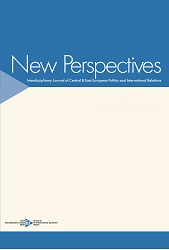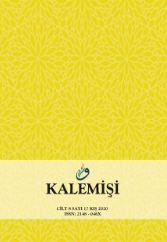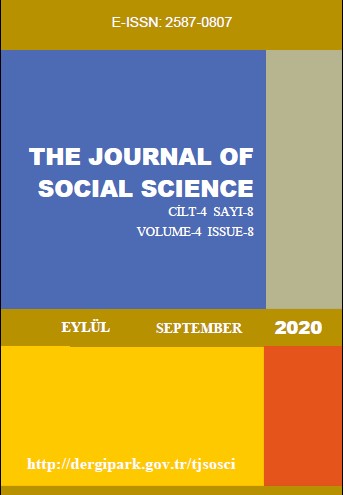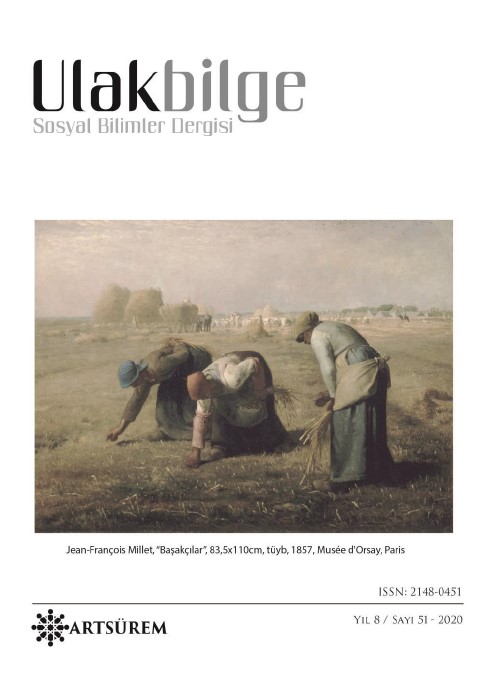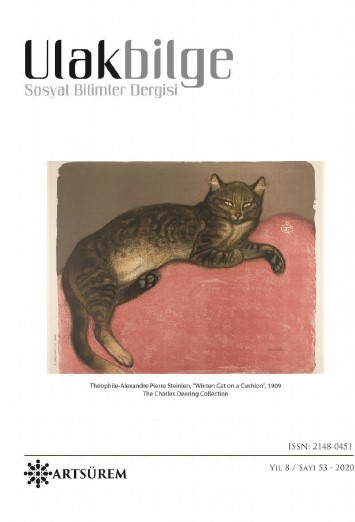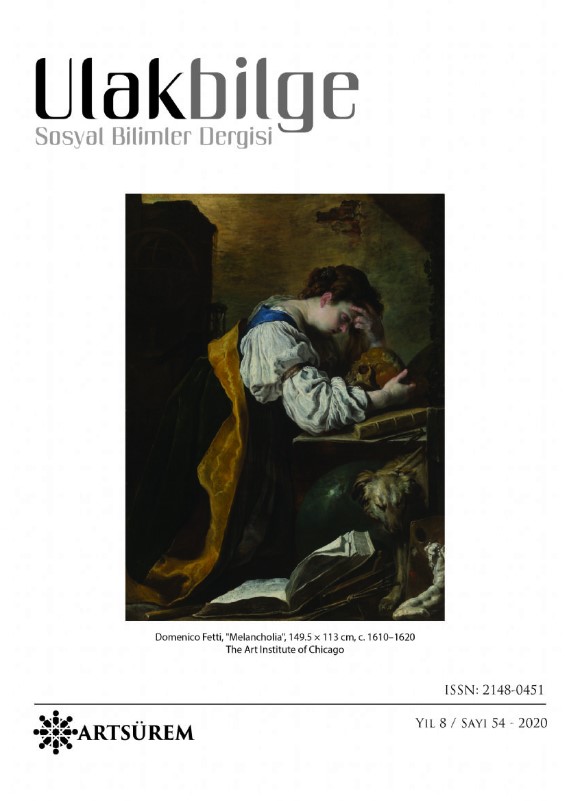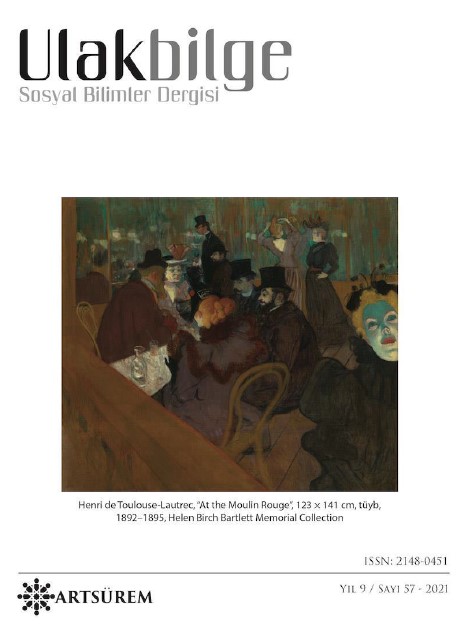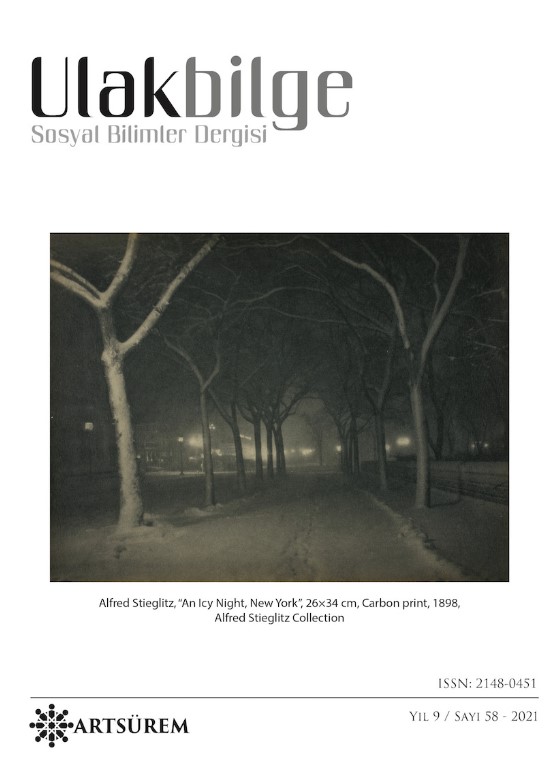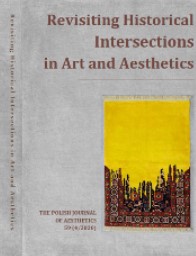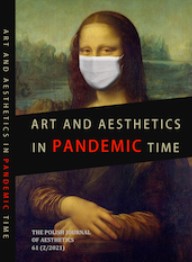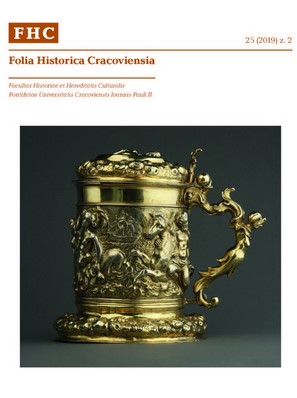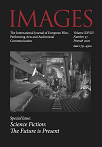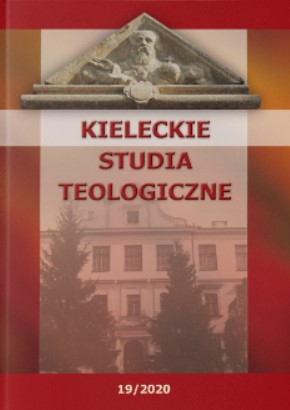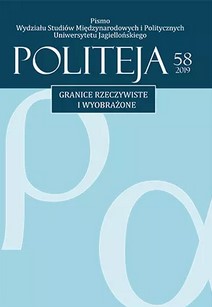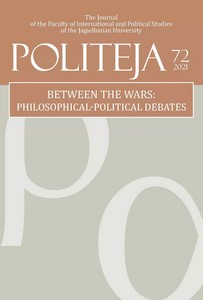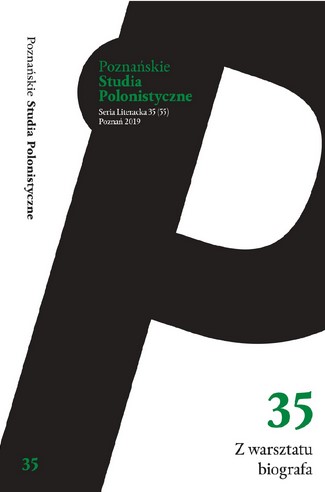Author(s): Naciye Bozdoğan Akbaş,Melek Gökay / Language(s): Turkish
Issue: 58/2021
Artistic and historical acts, formations and trends appeared during historical process was affected and reflected economic, political and cultural codes in the period when they were introduced and shaped. Every period in the history, art always changed and developed based on variable world conditions, and it will be influenced by the future time as much as it was influenced by its past time. 20th century was a period when there was successive mass wars, revaluations, economic crises, rapid technological developments, and individuals’ psychic trauma caused by these. In this period precisely, manifesto a political discourse which feeds especially from the depression periods emerged in the early of 20th century. The manifesto, which means the announcement of the political beliefs and aims of a social movement and the written text, shaped by the French Revolution, began to be used by art movements and artists in the 20th century. This period was the time of human being’s material and nonmaterial collapse, and artists worked for liberation, to construct a new world, to inform people, to explain their own art through publishing manifests and then art started to rise suddenly. Avantgarde manifests in this period covered all sorts of art disciplines, challenged all of the traditional art perception and made a modern breakthrough in art. Artists from many different disciplines who wanted to join movements with their avantgarde manifests published in 20th century to liberate art and life, and to promise new world, came together to start reconstructing life and art. Avantgarde manifests which were alone a text as well as an event, assisted people to resolve the code of the time when they were published and to understand modern time. In this context, this study was emphasized to examine and evaluate the place and importance of the avant-garde manifestos published in the first half of the 20th century in the education program.In this research, some questions were tried to enlight such as "What is the historical process of the avant-garde manifestos and the place of the avant-garde manifestos in the education program?"This research is conducted for art students of art cantered higher education with the objective to comprehends manifests in theory and practical courses, and to understand manifests related time, trends, artists, and their works, to produce original work in the artistic creativity process, to improve their visual literacy and writing manifest skills, to reveal the effects of writing to creativity and critical thinking and their attitudes to courses.
More...
